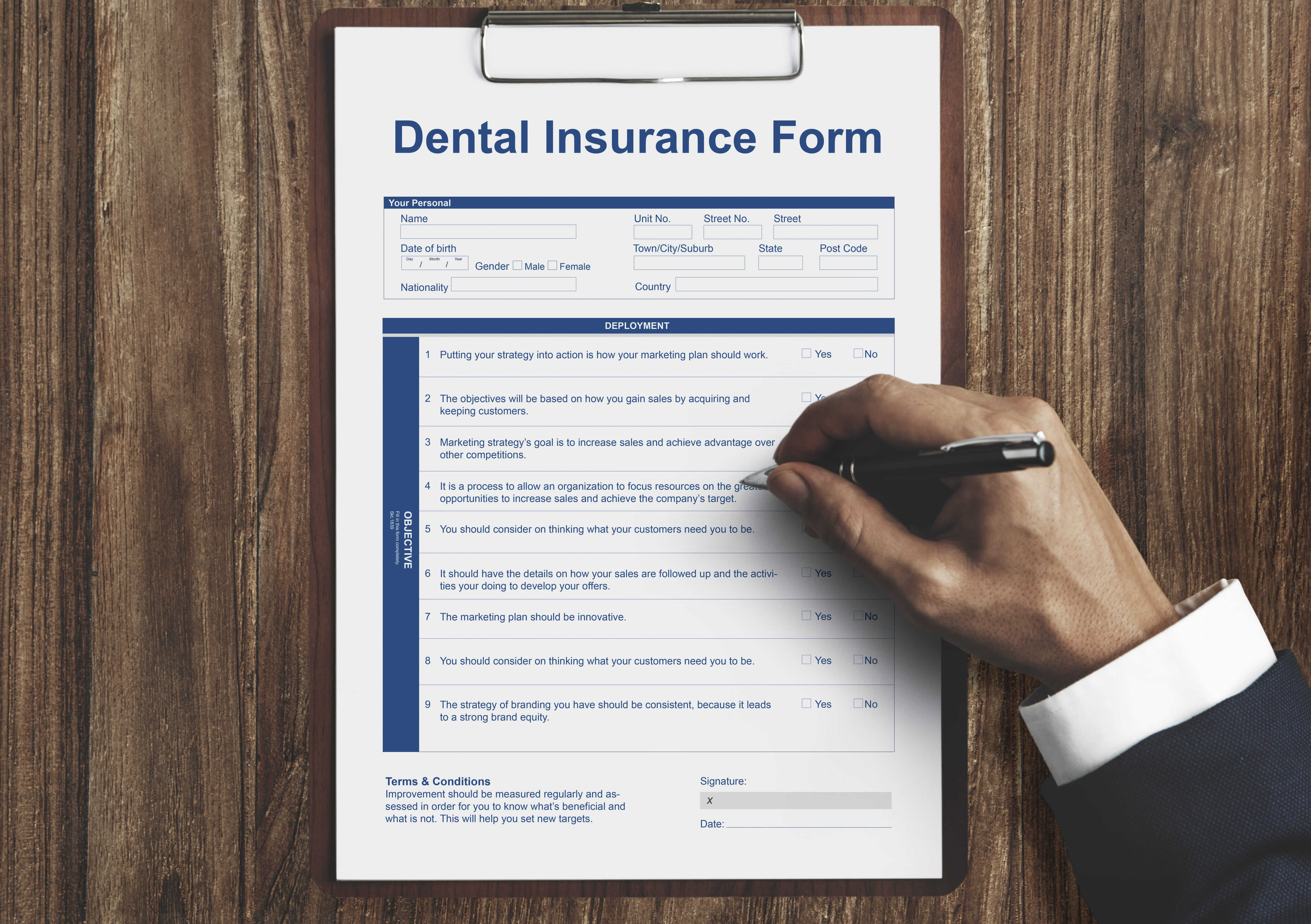Dental Implants Market Poised for $8.14B Growth by 2032

In recent years, the field of dental implants has experienced unprecedented growth and development, reshaping the landscape of dental care. With technological advancements and increasing awareness about oral health, the dental implants market is poised to witness remarkable expansion in the coming years. Experts predict the market, which was valued at 5 billion in 2022, to reach an impressive 8.14 billion by 2032, transforming the way we approach tooth replacement and improving the quality of life for countless individuals worldwide.
The Rising Demand for Dental Implants
The increasing demand for dental implants can be attributed to several factors. Firstly, the aging global population has led to a rise in dental problems, including tooth loss. Additionally, the growing emphasis on aesthetics and the desire for a natural-looking smile have driven individuals to seek permanent solutions for missing teeth.
Moreover, dental implants offer numerous advantages over traditional tooth replacement options such as dentures and bridges. They provide improved functionality, durability, and a long-lasting solution that closely mimics the appearance and function of natural teeth. This has resulted in a paradigm shift in dental care, with more patients opting for dental implants to restore their oral health and regain their self-confidence.
Technological Advancements Fueling Growth in the Dental Implants Market
The rapid expansion of the dental implants market can be attributed to significant technological advancements. Over the years, research and development efforts have led to the introduction of innovative materials and techniques, enhancing the success rates and patient satisfaction associated with dental implants.
One of the key advancements is the development of dental implant materials, such as titanium alloys, that offer excellent biocompatibility and osseointegration—the process by which the implant fuses with the jawbone. This has significantly improved the success rates of dental implant procedures, ensuring long-term stability and patient comfort.
Furthermore, advancements in digital dentistry have revolutionized the dental implant process. Computer-aided design and computer-aided manufacturing (CAD/CAM) technology allow for precise planning, virtual implant placement, and the creation of custom-made restorations. This streamlined approach has reduced treatment time, improved accuracy, and enhanced overall patient experience.
Expanding Treatment Accessibility
Another significant factor driving the market growth is the increasing accessibility of dental implant treatments. With technological advancements and streamlined treatment protocols, the overall cost of dental implant procedures has become more affordable and attainable for a broader range of individuals. Additionally, options like dental patient consumer financing have made it easier for patients to manage treatment costs, further increasing accessibility and demand.
In addition, dental tourism has emerged as a significant contributor to the market's expansion. Many individuals from countries with high treatment costs seek affordable dental implant procedures in countries where prices are comparatively lower. This trend has opened up new avenues for dental clinics in popular dental tourism destinations and has further propelled market growth.

Future Projections and Opportunities
Looking ahead, the dental implants market is poised for further growth and innovation. The integration of technologies like 3D printing and regenerative medicine holds immense potential for developing more advanced implant materials and techniques. These advancements could lead to improved treatment outcomes, reduced treatment time, and enhanced patient satisfaction.
Moreover, the growing emphasis on minimally invasive procedures and the increasing adoption of guided implant placement techniques are expected to drive market growth. These approaches reduce surgical trauma, minimize healing time, and offer a more comfortable experience for patients.
Summary
The dental implants market is undergoing rapid expansion, with substantial revenue generation projected by the year 2032. This growth can be attributed to factors such as the rising demand for dental implants, technological advancements, increasing affordability, and the emergence of dental tourism. As the market continues to evolve, we can expect further advancements in materials, techniques, and technologies that will revolutionize tooth replacement and improve oral health outcomes for countless individuals around the world. With dental implants becoming the gold standard in tooth replacement, we are witnessing a transformative era in dental care that holds.

















